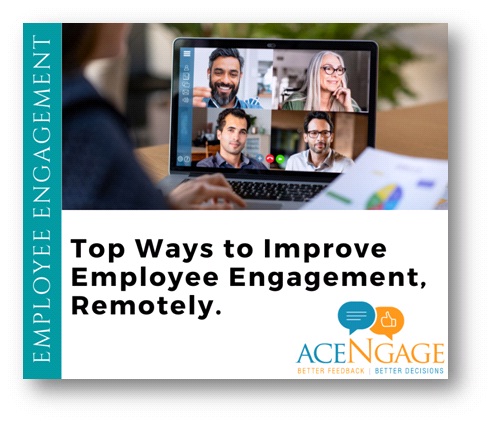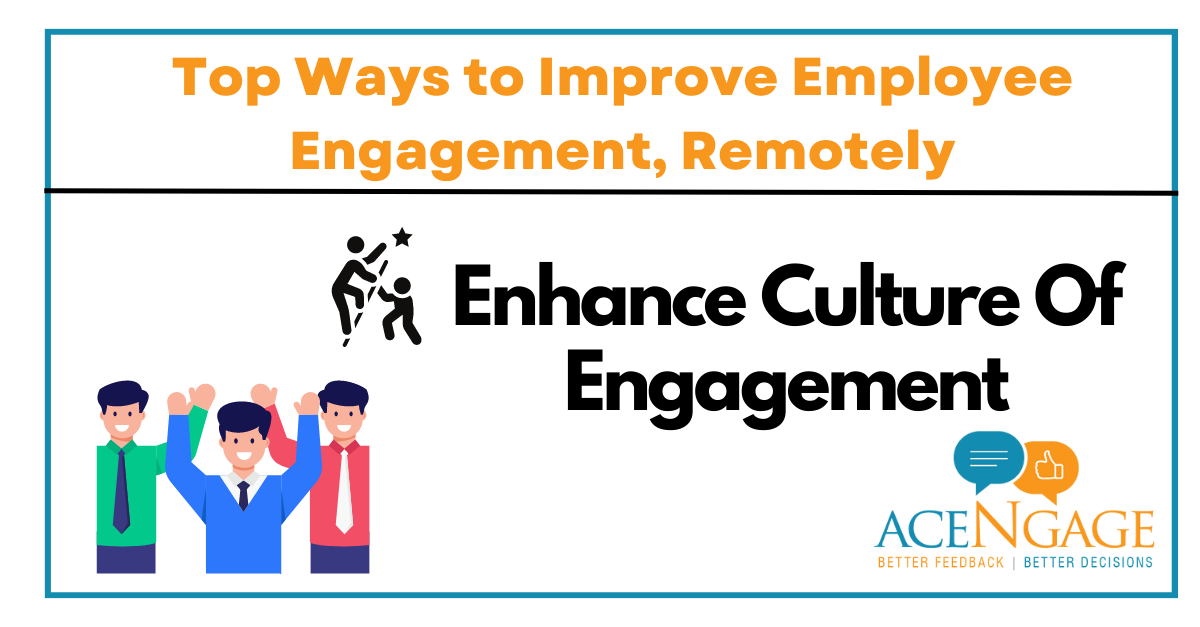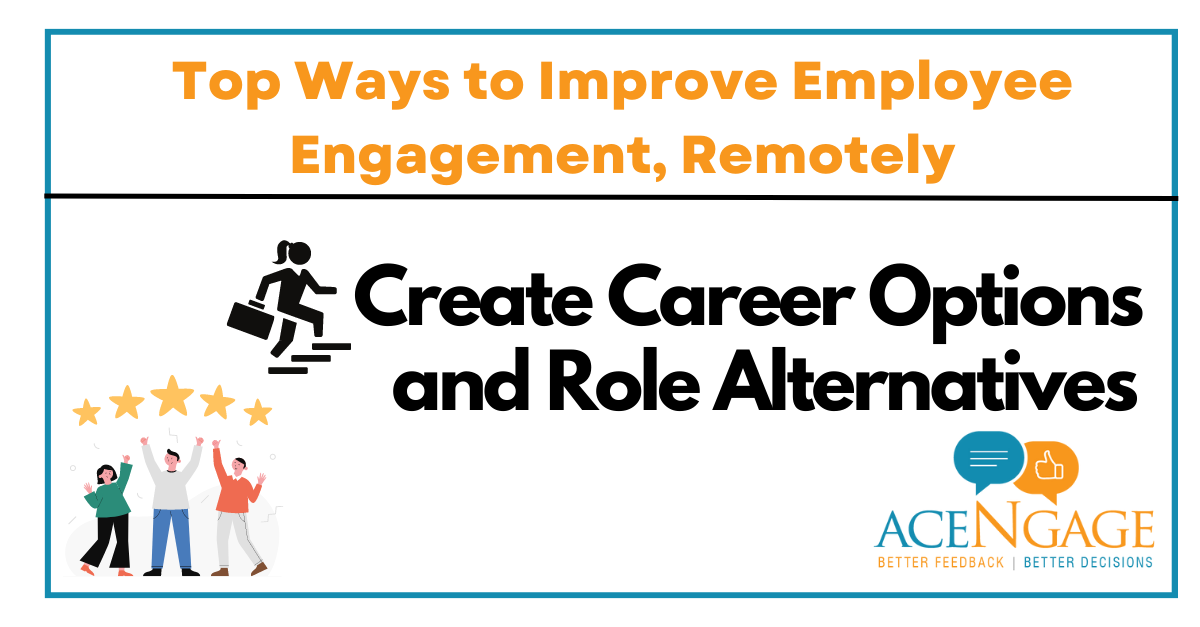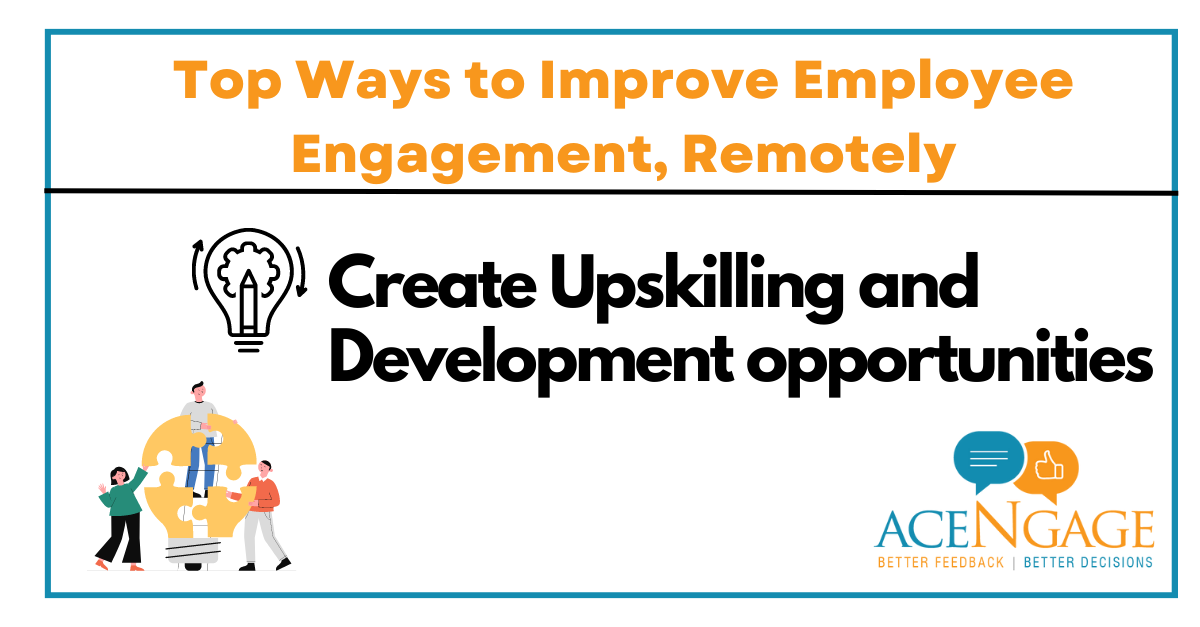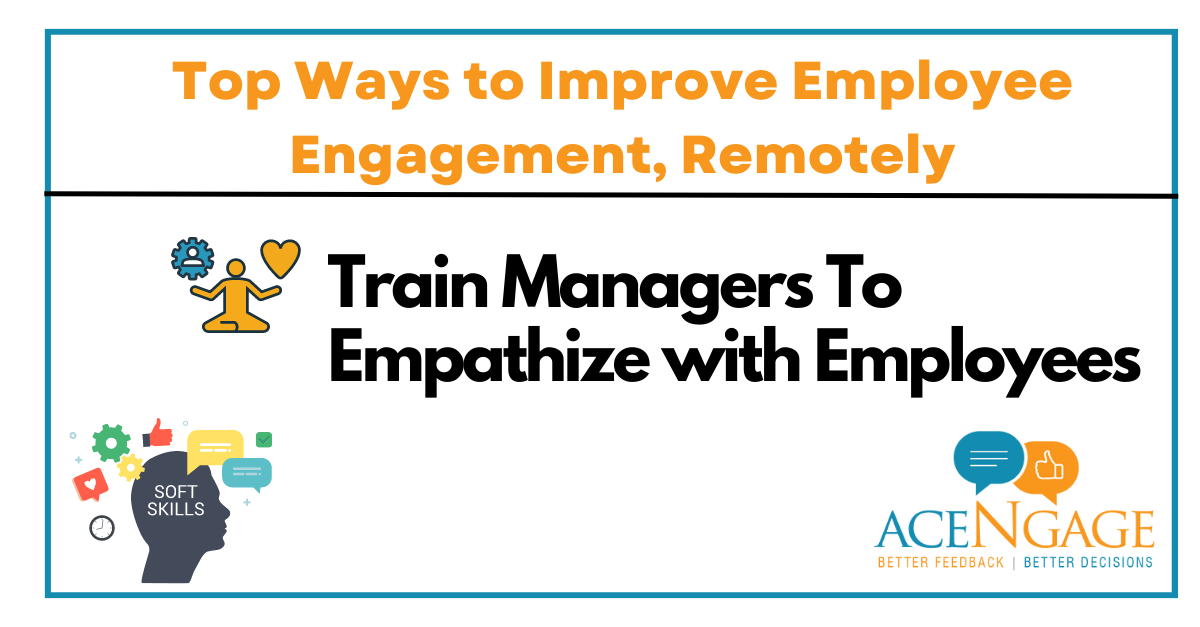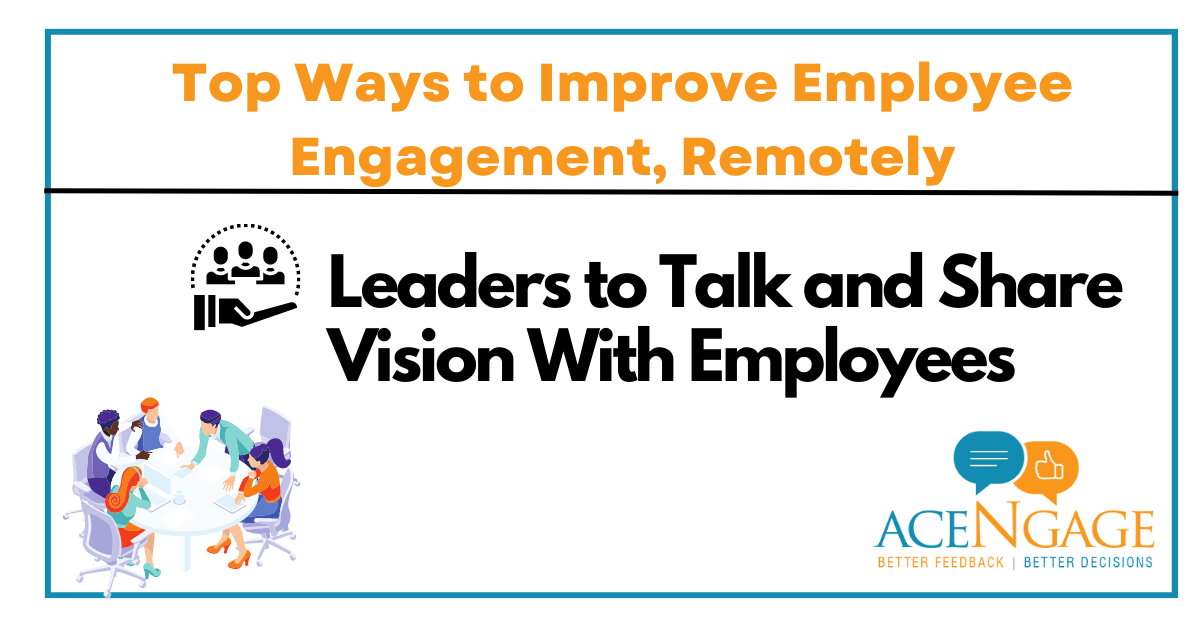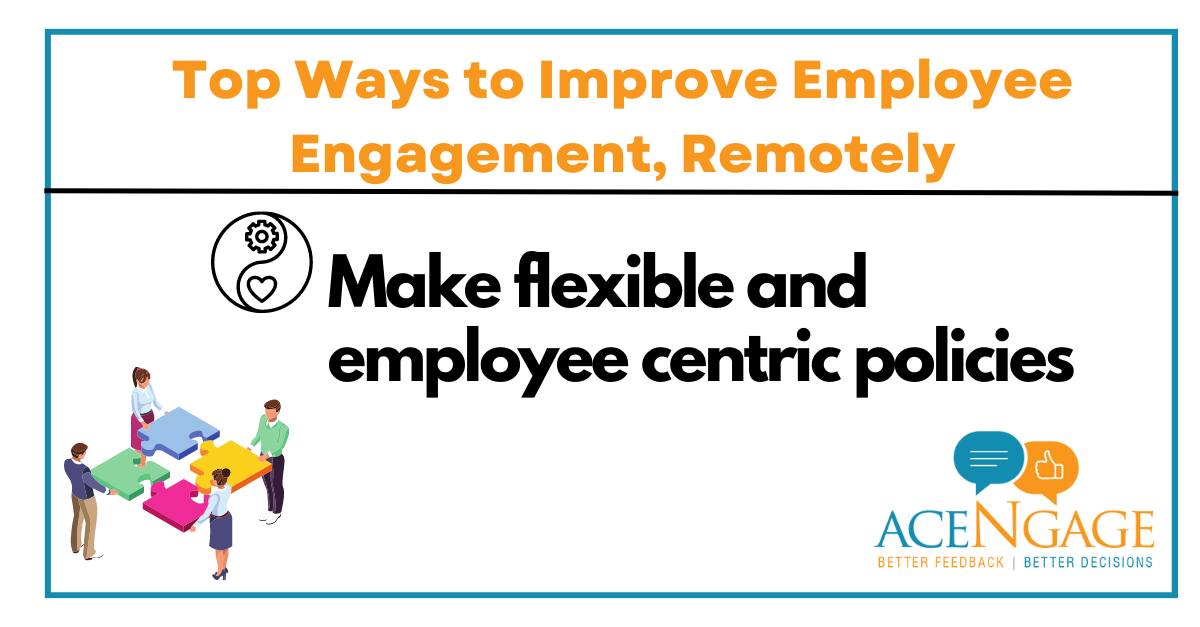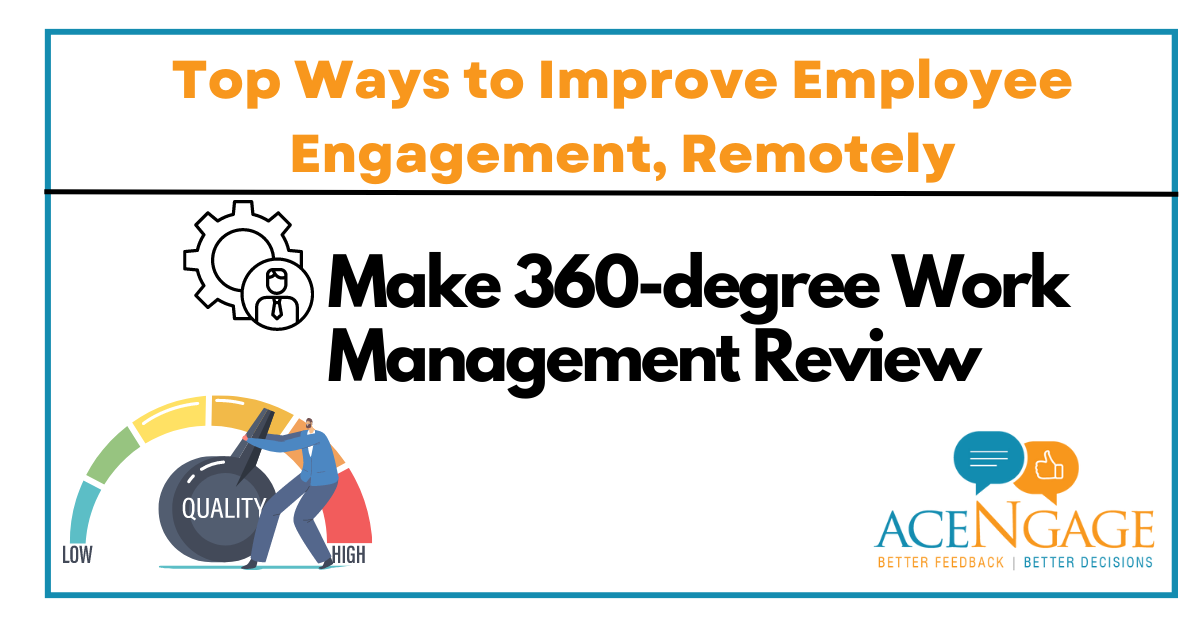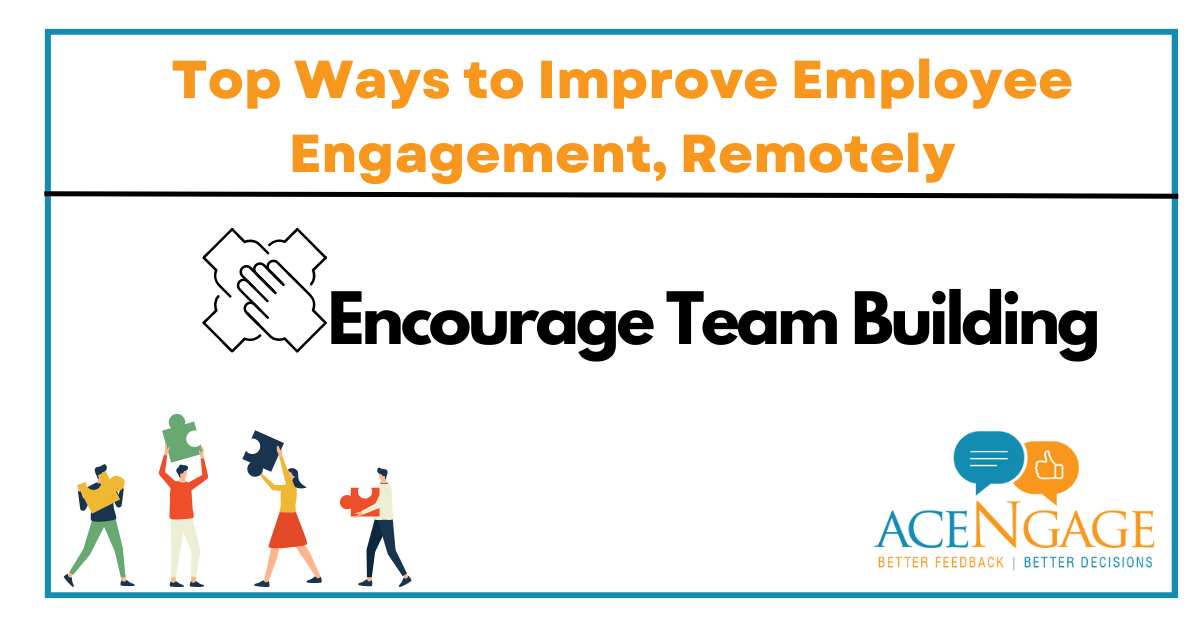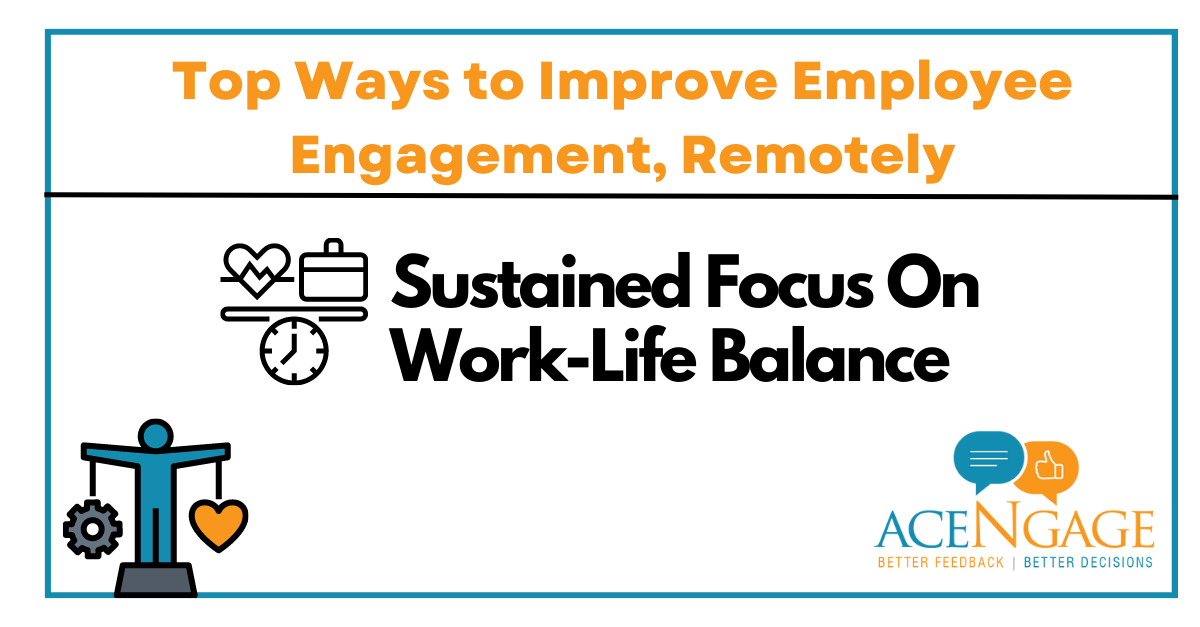When remote working started off, we witnessed some interesting highlights, initially.
Productivity soared, worked continued, employees set up offices in their homes, and then, later on hybrid working started for some. Around the same time, we have seen sprouts of efforts to improve employee engagement activities within organizations. Some under the themes of calendarized wellness programs, fun activities, coffee zoom meetings, etc., while others under games, meditation sessions and more. It has been good start. But was it enough? Not really.
Why? Because eventually, we had to cope with other issues ranging from burnout, wellbeing concerns, virtual fatigue, disengagement, leading to the mounting of resignations. No one knew when it was happening. It took time, business numbers, loss of revenue, added hiring costs and recruitment quests to show us the real picture.
If there is one thing that should be an immediate priority, it is to bring consistency to engagement and employee experience. We are well aware that higher engagement improves productivity, lowers attrition, fosters brand ambassadors out of employees. In this article, we will discuss some top ways to improve employee engagement, remotely.

